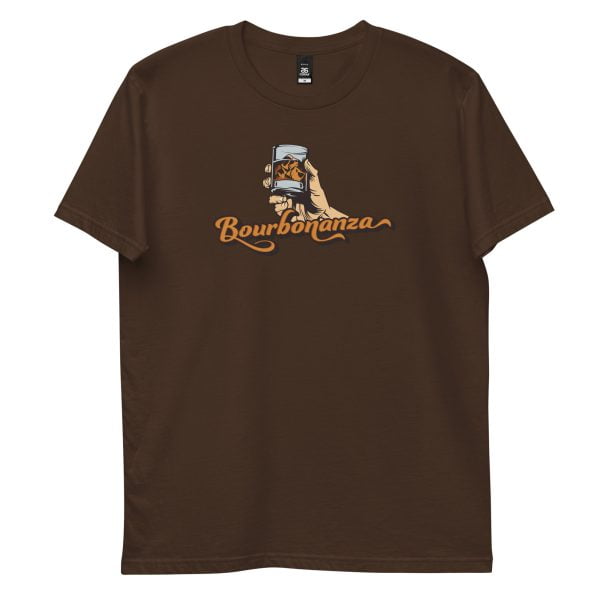Whisky and spirits are more than just liquid in a glass; they are the essence of the places they come from. The concept of “terroir,” often associated with wine, is equally relevant in the world of spirits. It’s the alchemy of geography, climate, and local environment that weaves the unique tapestry of flavor, character, and soul into every drop. Join us on a journey where we explore how the geographic location, climate, and terroir impact the flavor of whiskies and other spirits.
Terroir in the World of Spirits: A Complex Symphony
Terroir, traditionally linked to wine, is a multifaceted concept. In spirits production, it encompasses the soil, climate, and the local flora and fauna that shape the raw ingredients, such as grains or grapes. For whisky, the type of grain and the water source are equally vital. The region’s influence extends to the distillation process, as traditional methods and equipment leave their mark. It’s a complex symphony where every element contributes to the final composition.

Whisky and Terroir: A Glimpse into Regional Diversity
- Scotland: The Scottish Highlands, with their cool, moist climate, impart a soft and delicate character to whisky. The peat of Islay adds a distinctive smokiness, while Speyside offers fruity and floral notes. The Lowlands, with their gentle landscapes, create a lighter and smoother dram.
- Kentucky: Bourbon’s heartland, Kentucky’s hot summers and cold winters cause the barrels to expand and contract, drawing flavors from the wood. It’s this unique climate that contributes to the rich, caramel, and vanilla tones of bourbon.
- Cognac, France: The unique chalky soils of the Cognac region, paired with the mild maritime climate, cultivate grapes that create a brandy known for its elegance, finesse, and floral aromas.
Terroir Beyond Whisky: A Global Journey
The impact of terroir extends to spirits from around the world. Tequila’s heart is in the red soils of Jalisco, while the volcanic soils of the Andes Mountains are a key to the complexity of pisco. The warm sugarcane fields of the Caribbean give rum its robust flavor. The gin world embraces terroir as well, with some distillers using local botanicals and water sources to create distinctive expressions.
Spirits, in their various forms, are the liquid embodiments of the places they hail from. The idea of terroir is not limited to wine but expands to the spirited world. As we savor a dram of whisky or a perfectly mixed cocktail, we journey through the landscapes and climates that have shaped each drop. It’s a toast to geography, a sip of history, and a celebration of the diverse flavors that Earth offers.
In every glass, we experience a slice of the world, a taste of terroir, and a reminder that the planet’s diversity is best celebrated responsibly and with reverence.












